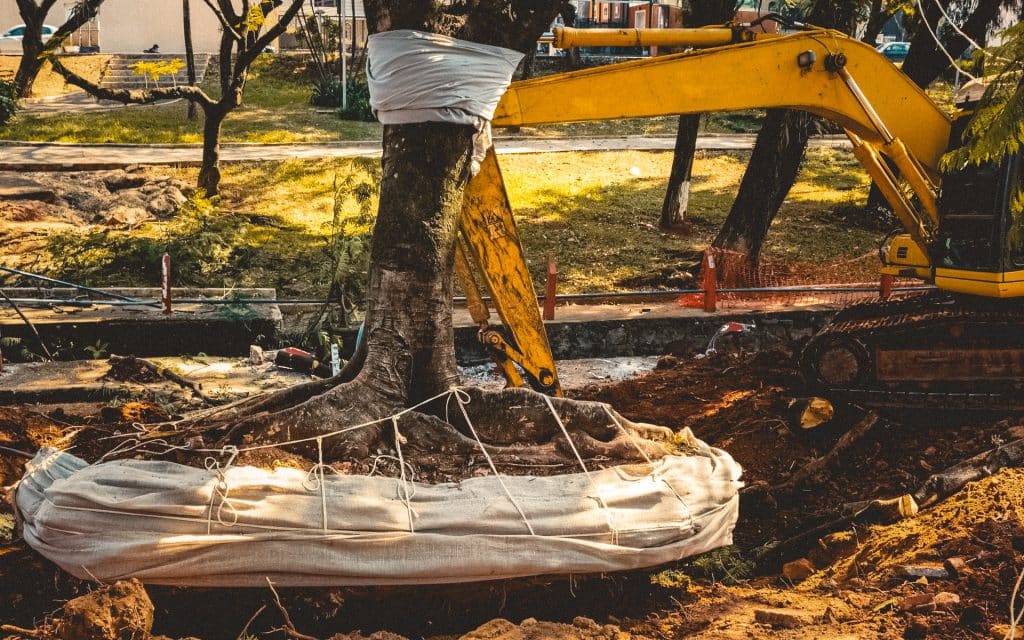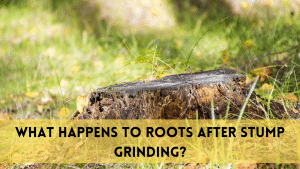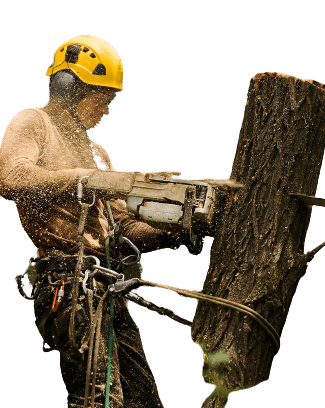Banana trees, with their lush green leaves and tasty fruit, can be a lovely addition to any garden or landscape. However, there are instances when you may need to remove a banana tree, whether due to disease, overcrowding, or simply a change in the look of your garden. Removing a banana tree may appear to be a difficult operation, but with the correct knowledge and tools, it can be a doable process. This article will go over the stages and considerations involved in safely and effectively How to remove banana trees from your landscape. Whether you’re a seasoned gardener or a newbie, knowing the appropriate procedures for banana tree removal will help you maintain a healthy and colorful outdoor space.
The importance of banana tree removal
The significance of banana tree removal originates from a variety of practical and horticultural factors that affect both your garden and the environment. While banana trees are prized for their fruit and beauty, there are times when they must be removed, and recognizing their value is critical.
Disease Control: Banana plants are susceptible to a number of illnesses, including Panama disease and banana bunchy top virus. If a tree becomes sick, it must be removed to prevent the disease from spreading to other banana plants nearby. Prompt removal can help protect the health of your entire banana plantation.
Overcrowded: If banana trees are not properly managed, they can develop rapidly, resulting in overpopulation. Banana plants that are too close together fight for nutrients and sunshine, resulting in stunted growth and lower fruit yield. Excess trees can be removed to improve spacing and promote better development.
Optimising Fruit Production: Maintaining an appropriate balance between the number of trees and available resources is critical to ensuring that your banana trees produce high-quality fruit. Excess or unproductive trees are removed, allowing the surviving trees to get more nutrients and energy, resulting in larger, better-tasting fruit.
Landscaping and Aesthetic Considerations: Banana trees may not fit into your preferred landscape design or may have outgrown their permitted space in some circumstances. Removal allows you to rearrange your garden or make room for new plants and landscaping features, improving the overall appearance of your outdoor space.
Safety and maintenance: Overgrown banana trees can be difficult to handle and maintain, creating safety hazards while trimming and harvesting. Removing older or very tall trees can help make these chores more doable and lessen the danger of accidents.
Pest Control: Aphids and mealybugs are attracted to banana trees. In severe infestations, removing afflicted trees can aid in breaking the pest cycle and protecting neighboring plants from infestation.
When is the best time to remove a palm tree?
The condition of the tree and your personal objectives will determine the best time to remove banana trees. However, there are certain common standards to follow.
Dormant Season (Winter): For most banana trees, the dormant season, which occurs during the winter months, is a suitable time for removal. During this time, the tree is less active, and the stress of removal is reduced. It’s also easier to check the tree’s health and structure when it’s not actively developing.
After Harvest: If you have harvested all of the fruit from your banana tree, it is time to consider removal. After harvest, the tree may have used much of its energy, making it easier to chop down.
Disease or Pest Infestation: Regardless of the season, if you suspect disease or a severe pest infestation, you must act quickly. Removing an infected tree as soon as possible will help prevent the problem from spreading to other banana plants.
When Replanting: If you intend to transplant banana trees in the same location, it is advisable to remove the current trees before planting new ones. This ensures that the new plants get off to the greatest possible start.
Environmental Impact: Responsible plant care is part of sustainable gardening practices. By eliminating banana trees as needed, you help to create a healthier ecology in your garden by ensuring that resources are dispersed evenly across your plantings.
How to remove banana tree
Removing a banana tree may seem challenging, but with the right tools and techniques, it can be a manageable task. Here’s a step-by-step guide on how to remove a banana tree:
Tools and materials you’ll Need:
- Sharp pruning saw or chainsaw
- Work gloves
- Safety goggles
- Shovel
- Wheelbarrow (optional)
- Herbicide (optional)
Before you begin, put on your safety goggles and work gloves to protect your eyes and hands from potential hazards.
Examine the banana tree to ascertain its size, state, and position. Make sure there are no overhanging buildings or objects that could hamper the removal procedure.
Begin by removing all of the banana tree’s leaves and branches, leaving only the main trunk. Use a sharp pruning saw or chainsaw for this work. Be careful when cutting the leaves, since they can be heavy and unpleasant to handle.
With the main trunk exposed, use a shovel to dig around the tree’s base, revealing the roots. If you intend to maintain the plants nearby, take care not to injure their roots.
Cut through the exposed roots with the saw. Begin with smaller roots and work your way up to larger ones. Take your time to make a clean cut.
You can now remove the main trunk after the roots have been clipped. Push or pull the trunk, depending on its size and how deeply it is anchored. If the roots are correctly cut, they should come out quite easily.
After removal, fill the hole the banana tree left behind with soil. You may need to bring soil to the place with a wheelbarrow.
Related Posts:
How to remove mistletoe from trees? Full Guidance
Does removing trees increase property value?
FAQs (Frequently Asked Questions)
1. When is the best time to remove a banana tree?
The ideal time for removal is during the dormant season (winter) or after harvesting all the fruit. However, if the tree is diseased or poses a safety risk, it should be removed promptly.
2. Can I remove a banana tree without a chainsaw?
While a chainsaw or pruning saw is recommended for efficiency, smaller banana trees can be removed with a sharp hand saw or even loppers.
3. How do I prevent regrowth after removal?
To prevent regrowth, you can apply an herbicide to the remaining stump. Follow the manufacturer’s instructions for the specific herbicide you choose.
4. What should I do with the removed tree parts?
Tree parts can be composted or disposed of in accordance with local green waste disposal regulations. Avoid leaving them on your property, as they may harbor pests or diseases.
5. Can I replant in the same spot after removal?
Yes, you can replant in the same area after removal. Ensure that you amend the soil and address any disease or pest issues before planting new banana trees.
Conclusion
Removing a banana tree may appear difficult, but with the correct equipment and skills, it is possible. Following the procedures given in this article can assist you in securely and successfully removing a banana tree from your yard, whether for disease management, landscaping modifications, or safety reasons. Wear protective gear and consider using herbicides to prevent regrowth. You may prepare your garden for new plantings or improve its general appearance by removing debris properly.




